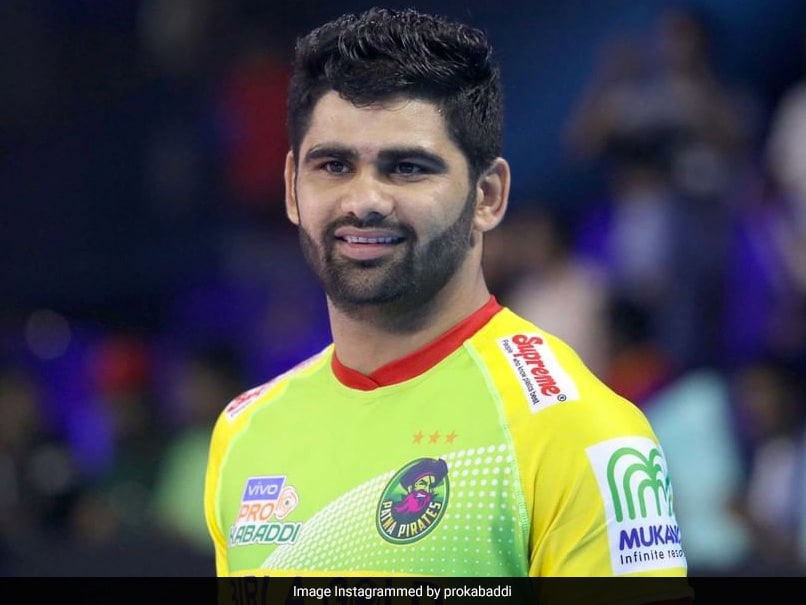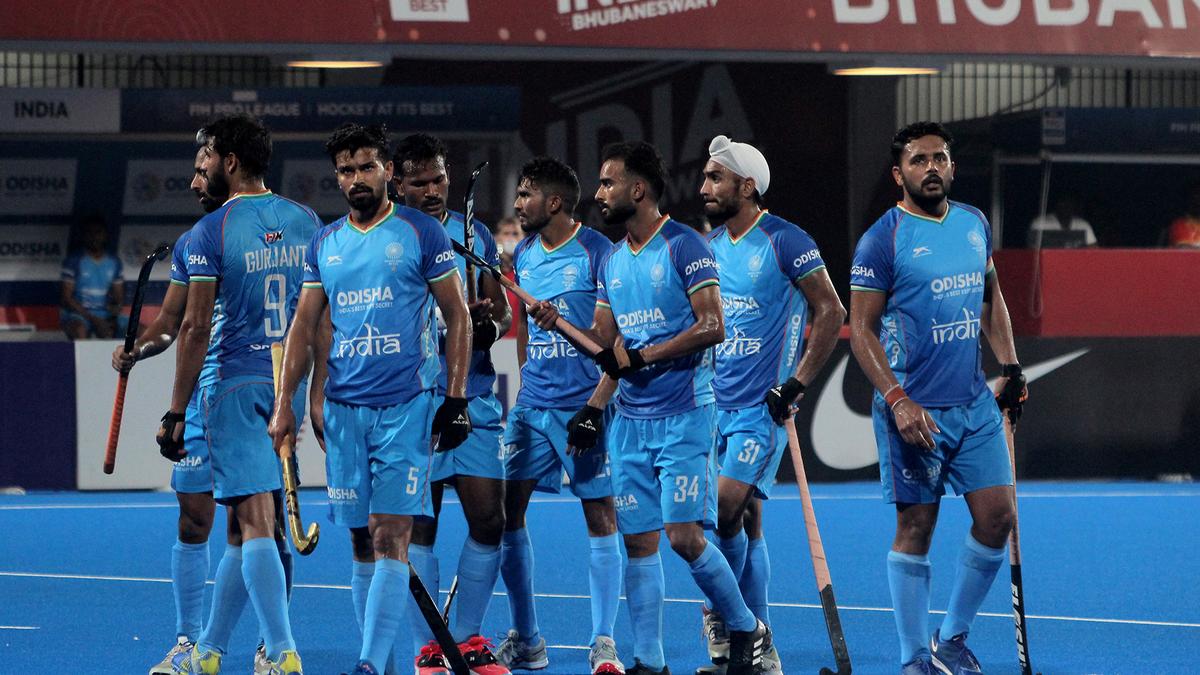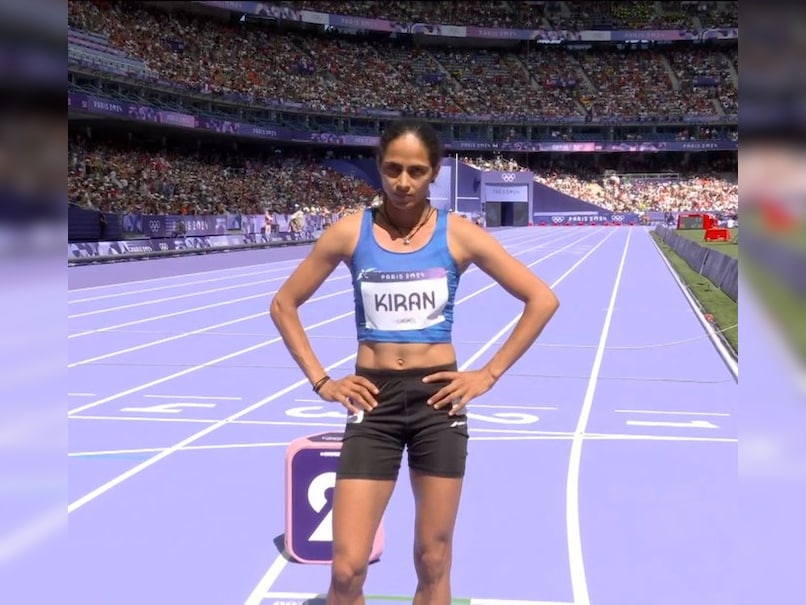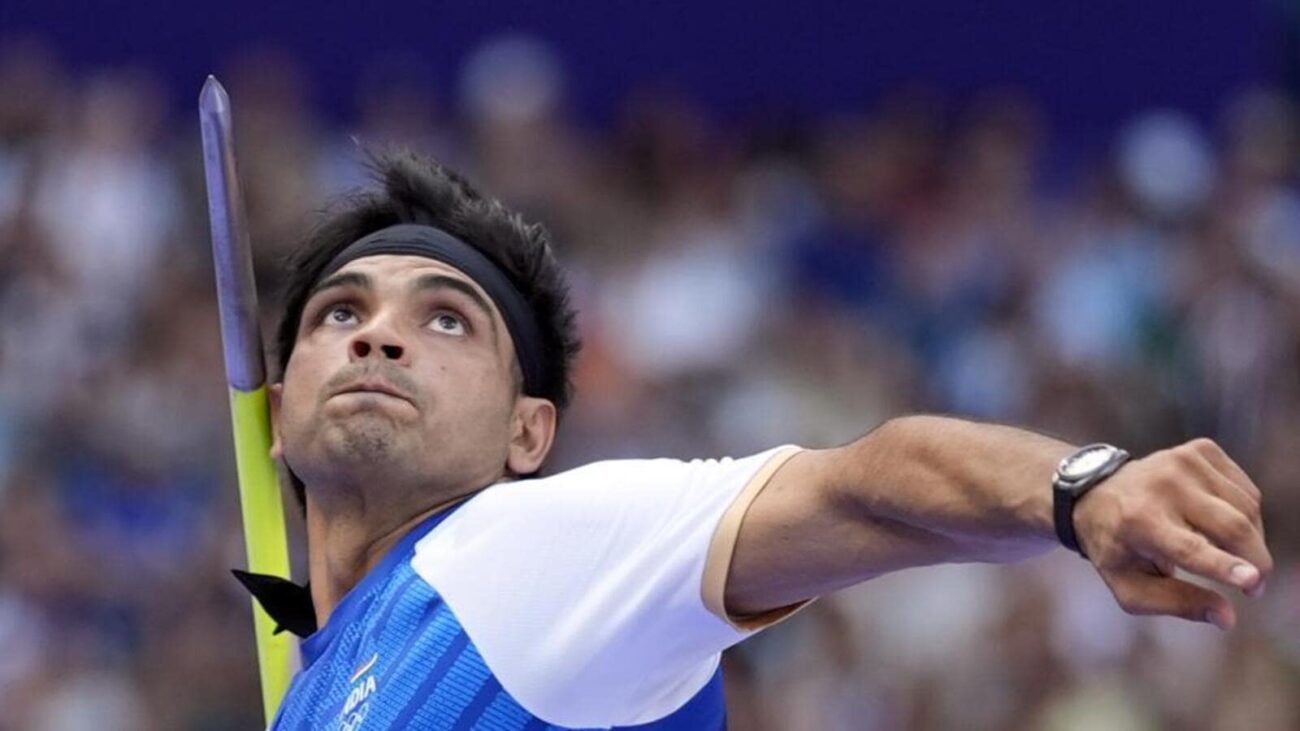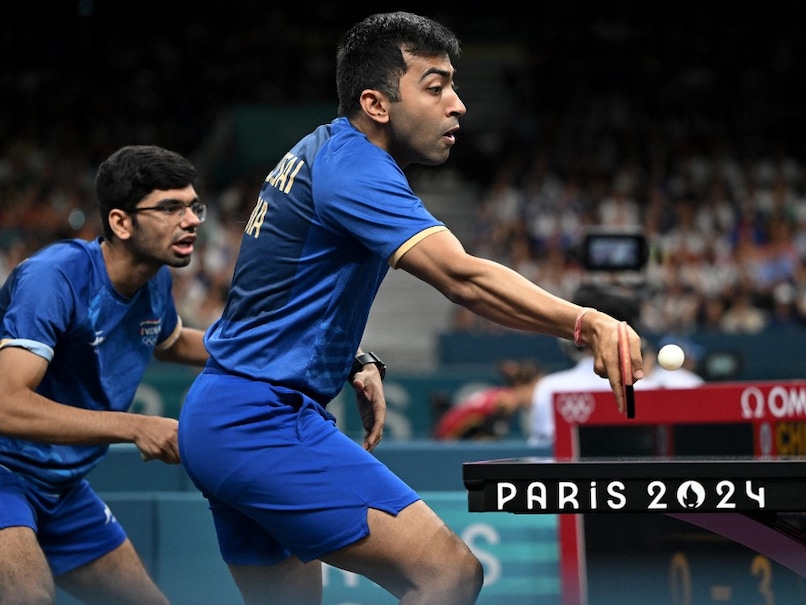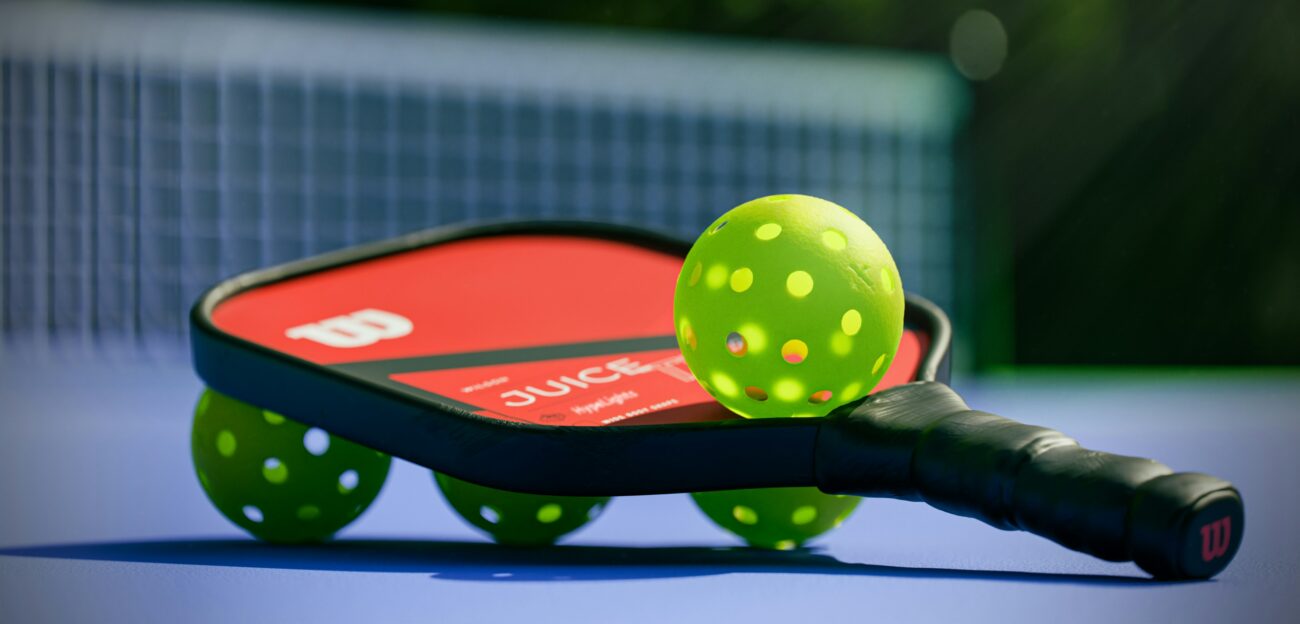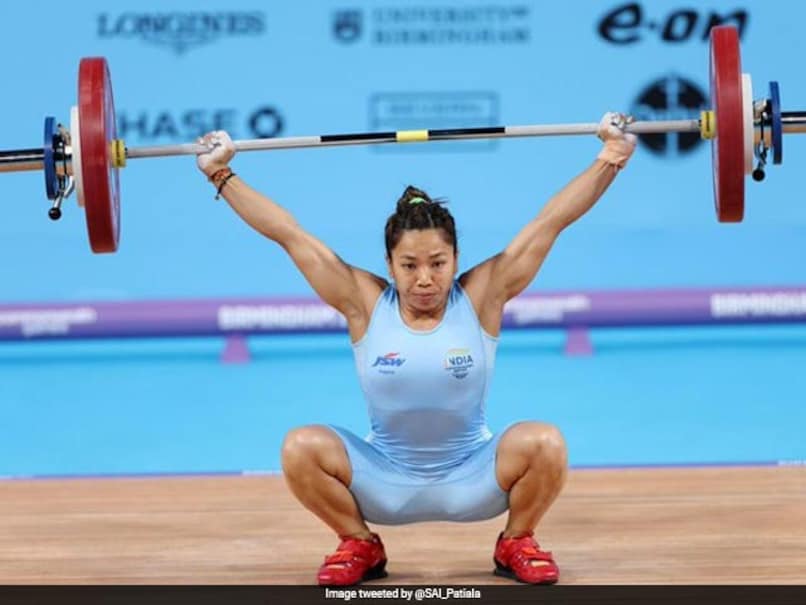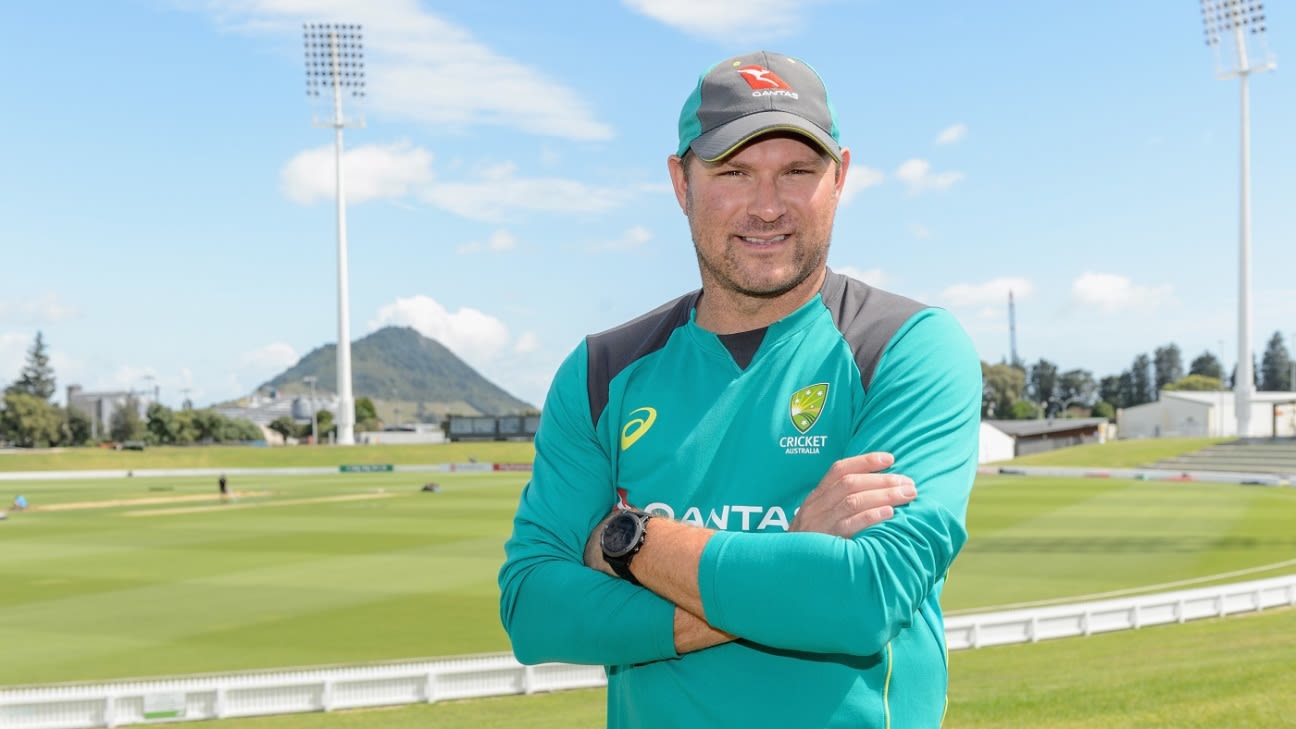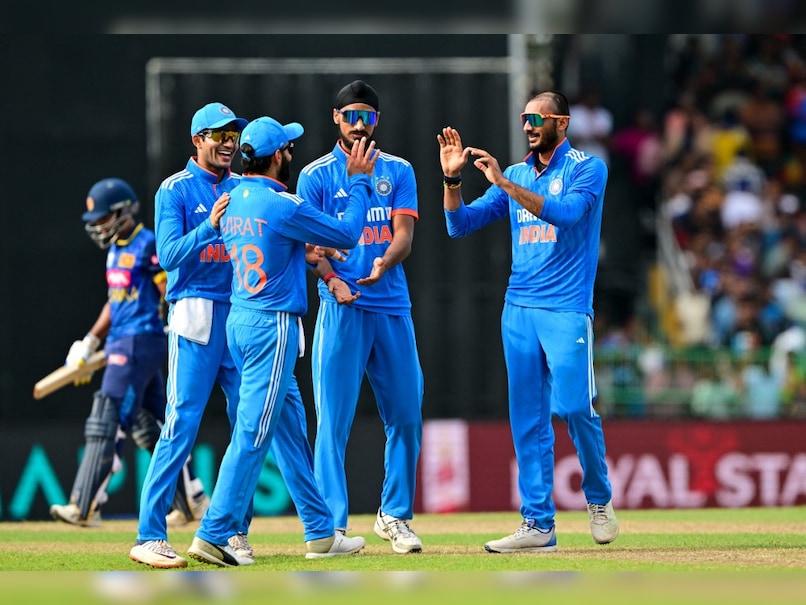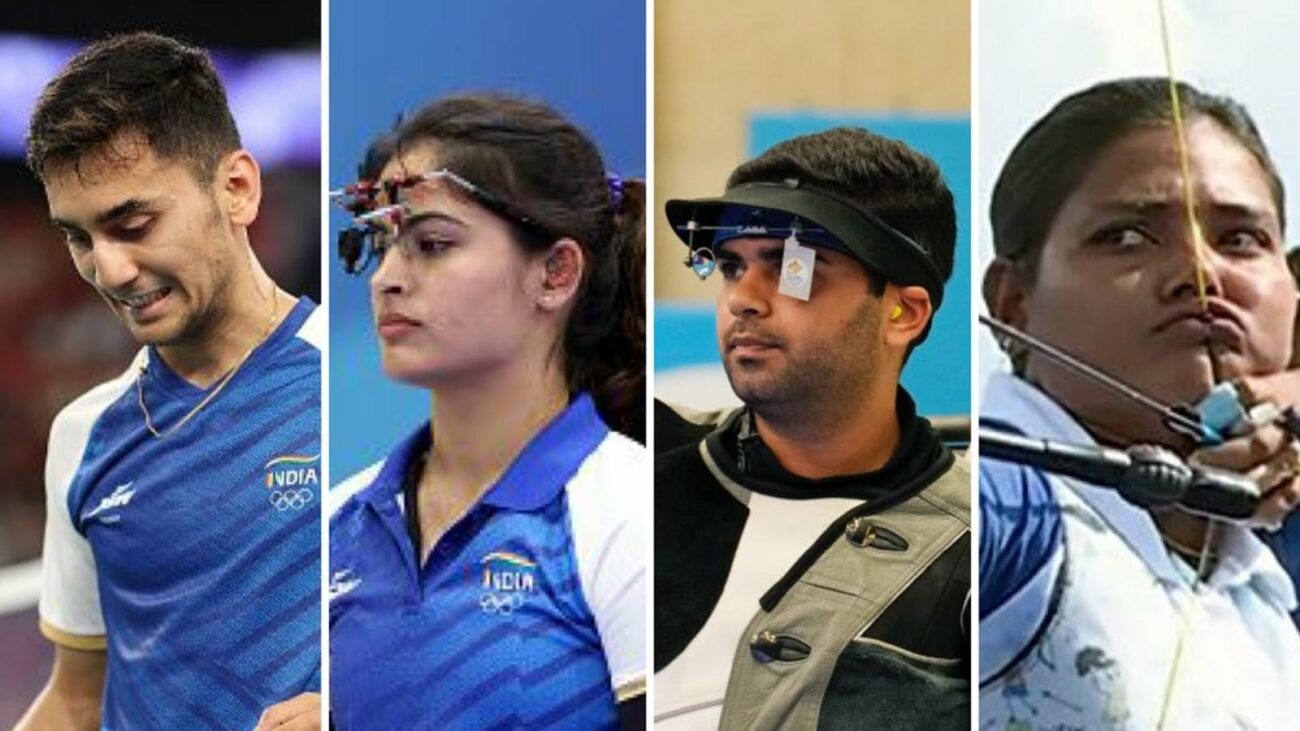After taking the US by storm, Pickleball is making giant strides in the desi heartland. Don’t believe us. Just take a random stroll on a weekend at the pickleball arena at the Prabodhankar Thackeray Krida Sankul (PTKS) in the Mumbai suburb of Vile Parle (East). You would definitely get what the hype is all about.
But how is this Tennis-like sport becoming so popular in a cricket-mad country? Before we deep dive into the reasons behind the sport’s popularity. Let’s have a brief into the basics of pickleball game.
What is Pickleball? An Overview
Pickleball is rapidly gaining popularity as one of the most favoured racket sports worldwide. It combines the finest elements of tennis, badminton, and table tennis into an engaging and enjoyable game suitable for all ages and skill levels.
Played on a court the size of a badminton court with a lower, tennis-style net, players use paddles to hit a perforated plastic ball back and forth. Pickleball can be enjoyed as both singles and doubles, making it an excellent way to exercise with friends and family or meet new people.
Despite its similarities to tennis, pickleball game has some distinct differences. For instance, the ball must bounce once on each side before volleys are allowed, and volleys cannot be played from within the “kitchen,” a marked area near the net.
Why is it called “Pickleball”?
Pickleball was invented in 1965 on Bainbridge Island, Washington, by Joel Pritchard, Bill Bell and Barney McCallum, who were looking for a game that their kids could play together. Combining badminton nets, table tennis bats and a wiffle ball, the three men created the first iteration of what would go on to become pickleball.
So, now you have a gist of how pickleball gets its name.
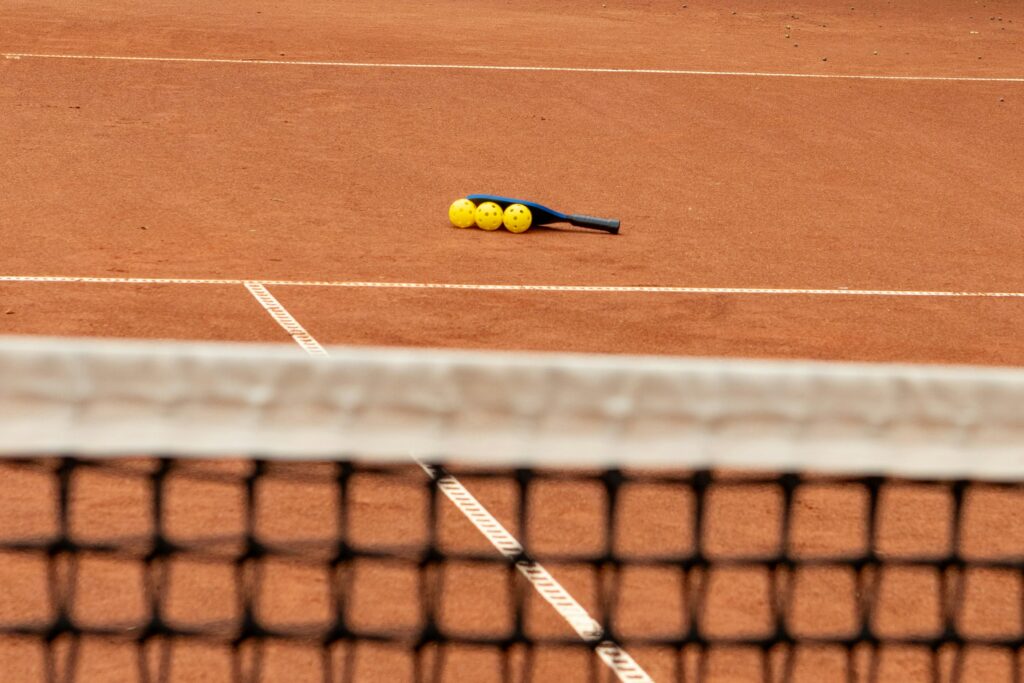
The first court was later built in 1967 in Pritchard’s backyard before the first tournament took place in 1976 at South Center Athletic Club in Tukwila, Washington.
The name ‘Pickleball’ is said to have come from two potential sources. Joan Pritchard, Joel’s wife, said that she named the game after the “pickle boat” in the crew, which is a boat that is made up of the leftover oarsmen from other boats.
Meanwhile, McCallum said that the name came from Pritchard’s dog, Pickles, who would chase the ball and run off with it.
What are the rules of pickleball?
The most important part of the sport. Well, to enjoy any sport, you need to play it within the rules and with the right spirit.
So, how do you play pickleball? What are the pickleball rules?
Pickleball can be played in singles or doubles on a badminton-sized court with a lower tennis net. The game has specific rules to ensure fair play and enjoyable competition.
The court is divided into two service boxes and a non-volley zone near the net, known as ‘the kitchen.’
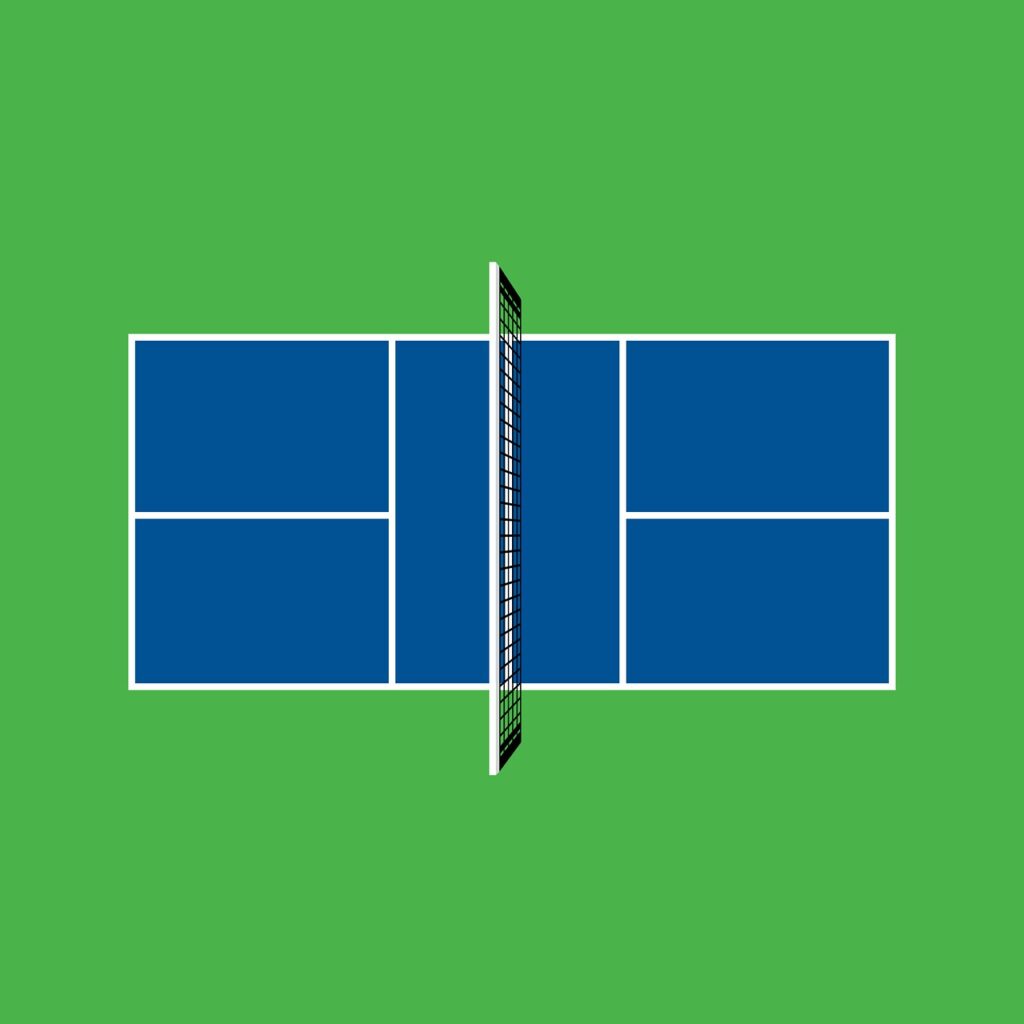
To start a point, the ball is served underhand into the opposite service box, avoiding the kitchen. According to pickleball rules, the ball must bounce once on each side of the court before players or teams can begin volleying.
The rally continues until a player or team makes a mistake, such as hitting the ball out of bounds or into the net, or someone hits a winner, causing the ball to bounce twice.
The kitchen, or non-volley zone, requires players to let the ball bounce before playing a shot within it. Failing to do so results in a point for the opposing player or team.
What are the equipment/ gear needed for pickleball?
Are you a pickleball enthusiast and looking for the right equipment? Well, you have come to the right place.
In pickleball, there are two main pieces of equipment you will need – a pickleball paddle and a pickleball ball. Let’s go through both of them one by one.
First up is the paddle. The paddle is made up of a handle and a large flat surface are, which is used to hit the ball over the net and to your opponent. Imagine a tennis racquet, but a smaller one.
The core and the surface of the paddle can be made from different materials to suit your playing style. The material you choose can give you more power, accuracy, control, etc.
Next up is the pickleball. The pickleball ball is made of plastic, is completely hollow and is covered in holes.
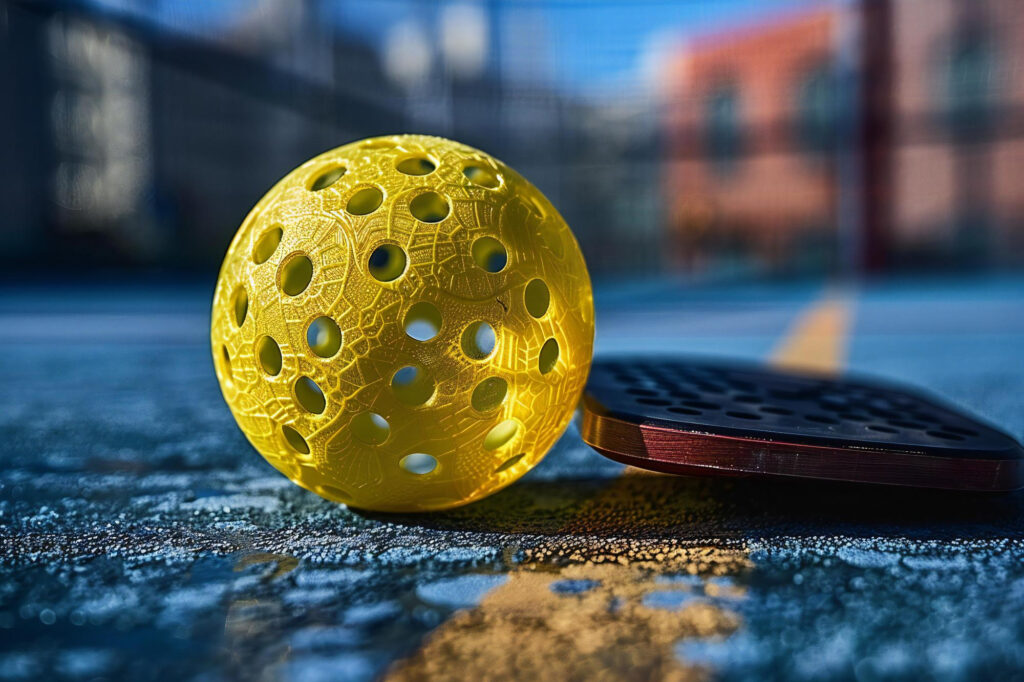
The pickleball ball varies depending upon where you are playing the sport i.e. indoors or outdoors. For outdoors, a heavier ball with 40 holes, more adapted to windy and outdoor conditions is used. For indoors, a lighter ball with 26 holes, more suited to smoother indoor surfaces and lasts longer is used.
Where can you play pickleball?
To play pickleball, you need a court just like Tennis. However, since this is a growing sport, there are very few courts available in Mumbai that offer the service.
Check out the top pickleball venues in Mumbai:
Torba Pickleball Centre: Welcome to Torba Pickleball Centre, the premier indoor pickleball destination in Bandra! Our state-of-the-art facility features four top-quality indoor courts, providing the perfect environment for pickleball enthusiasts of all skill levels. Whether you’re looking to improve your game or enjoy a friendly match, Torba Pickleball Centre offers a vibrant community and exceptional playing conditions. Join us for an unparalleled pickleball experience in the heart of Bandra!
Trinity Sports Pickleball: Trinity Sports Pickleball at YMCA Bandra offers two outdoor synthetic courts for pickleball enthusiasts. Enjoy the excitement of the game in a vibrant and welcoming environment. Perfect for players of all levels, Trinity Sports provides an ideal venue to experience pickleball in the heart of Bandra.
Torba Pickleball Center: Welcome to Torba Pickleball Centre, the premier indoor pickleball destination in Bandra! Their state-of-the-art facility features four top-quality indoor courts, providing the perfect environment for pickleball enthusiasts of all skill levels. Whether you’re looking to improve your game or enjoy a friendly match, Torba Pickleball Centre offers a vibrant community and exceptional playing conditions.
Want to explore more pickleball courts near you? Click here and book a court near you.
With more and more enjoying the sport, it is really an encouraging sign that India, usually considered a cricket-mad country is trying their hand at different sports. But how much time will be needed to penetrate the market in such a country? Only time will tell.

